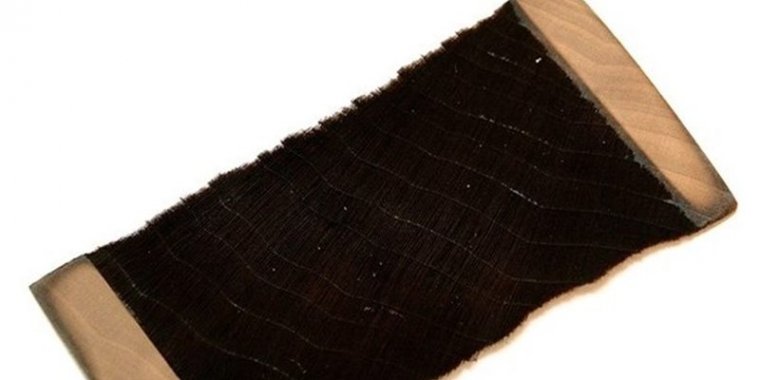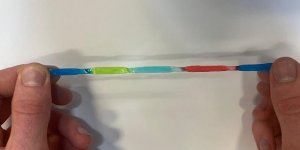| News / Tech News |
New Super-Black Wood-Based Material Discovered by Accident
Researchers at the University of British Columbia have developed a super-black wood-based material capable of absorbing over 99% of light.

New Super-Black Wood-Based Material Discovered by Accident. Image credit: tasnimnews.com
The material, named Nxylon, was found while the team was working on water-repelling technologies for wood using high-energy plasma gas.
The plasma gas application turned the ends of wood cells completely black, prompting further examination that revealed the material's exceptional light absorption properties.
Nxylon, a combination of "Nyx," the Greek goddess of the night, and "xylon," the Greek word for wood, was developed by a team led by PhD student Kenny Cheng. The material could have applications in fields ranging from space telescopes to luxury jewelry.
"Nxylon's composition combines the benefits of natural materials with unique structural features, making it lightweight, stiff and easy to cut into intricate shapes," said senior author Philip Evans, a materials scientist at UBC.
The plasma treatment alters the tiny structures on the wood's surface, creating indentations that capture light and minimize reflections.
This change is not just a coating but a reconfiguration of the wood's fundamental structure. For instance, applying a gold alloy to Nxylon did not alter its black appearance, demonstrating its structural transformation.
Super-black materials are essential in industries like astronomy, solar energy, and optics, where they enhance device efficiency by reducing unwanted light reflection. They are also popular in art and design for their ability to create striking visual contrasts.
The researchers believe Nxylon could be used in wearables and fashion accessories.
"We anticipate that our findings will lead to interest in plasma etching as a way of creating super-black woods, possibly leading to commercial applications of the technology," the researchers wrote in their published paper.
Nxylon offers numerous advantages, including the use of renewable basswood and the elimination of complicated pre-treatments, making production more viable and cost-effective.
The researchers are confident that Nxylon can replace rare, expensive black woods like ebony and rosewood, as well as the black gemstone onyx.
While materials with even higher light absorption exist, Nxylon shows promise for scalable production. The same technique could potentially be applied to other woods.
"Nxylon can be made from sustainable and renewable materials widely found in North America and Europe, leading to new applications for wood," said Evans. (Tasnim News Agency)
YOU MAY ALSO LIKE





